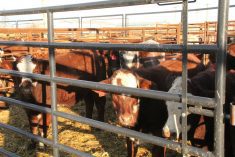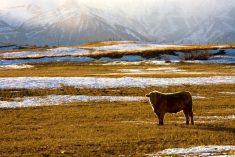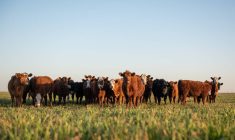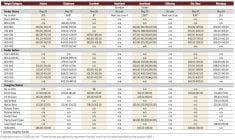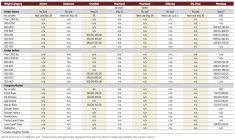Washington / Reuters Recent drought and forecasts for limited rainfall could constrain the size of the U.S. cattle herd despite high retail beef prices and forecasts for near-record exports, the Agriculture Department said Feb. 15.
Record-high retail beef prices “are not sufficient to provide the long-term margins and profits the wholesale and cattle-feeding sectors must have in order to sustain an expansion,” USDA economists said in a monthly outlook report.
Beef exports are forecast to fall slightly to 2.76 billion lbs. this year from 2.79 billion lbs. Favourable exchange rates and economic growth in Asia are expected to sustain exports.
Read Also

Pig transport stress costs pork sector
Popular livestock trailer designs also increase pig stress during transportation, hitting at meat quality, animal welfare and farm profit, Agriculture and Agri-Food Canada researcher says
USDA’s Economic Research Service said heifer calves were expected to fall by 200,000 head in 2011 and 2012, an insufficient number to offset an overall decline in beef cows.
A continuation of the La Niña weather phenomenon could limit rainfall and limit the amount of forage on rangelands, said USDA in listing factors at play.
“Continued negative profit margins for cattle feeders and meat packers, along with consumer resistance to higher prices, would also put an upper boundary on expansionary enthusiasm,” said the report.
On the other hand, demand for feeder cattle has driven feeder prices to record highs. And the number of cattle on feed on Jan. 1 was among the highest in a decade.
“There are signs that consumers are beginning to resist the escalating retail prices,” said USDA. “It is not clear how much higher beef retail prices can go with pork and poultry so much less expensive.”
Retail prices for “fresh” beef rose by 31 per cent, to $4.35 a lb. in the first quarter of 2011 from 2003.
Organic and natural beef appear to be taking a larger share of fresh beef sales, said USDA.
Natural and organic beef made up 4.2 per cent of sales in 2011, from 1.1 per cent in 2003, according to scanner data collected by the National Cattlemen’s Beef Association.






